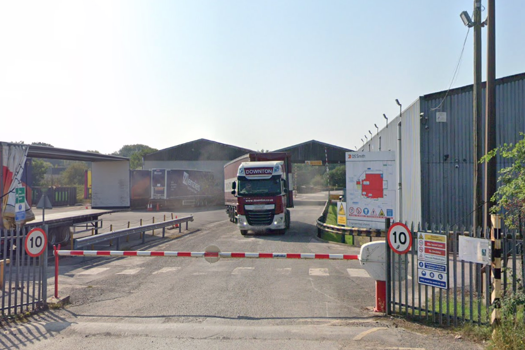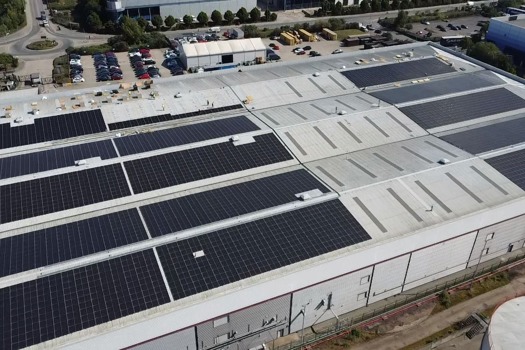Worldwide headcount will be reduced by between 7,000-9,000 employees “through a combination of employee exits and voluntary early retirement”, HP said. The restructuring will cost around $1bn (£810m), and is expected to deliver annual savings of $1bn by the end of the 2022 financial year. HP’s year-end is 31 October, and the group employed 55,000 people worldwide in 2018.
At an analyst briefing chief financial officer Steve Fieler said the biggest savings would come from a simplified go-to-market model and the elimination of regional operating layers and overhead, as well as the optimisation of the group’s manufacturing and R&D footprint and the rationalisation of platforms to create a simpler portfolio.
Outgoing chief executive Dion Weisler was upbeat about future prospects and said there were “significant opportunities ahead to keep reinventing this business”.
“Four years ago, as we set out to create HP Inc, there was no shortage of sceptics. People thought our headwinds were insurmountable and the competition was too strong,” he stated.
“No matter what anyone said, as a company and as a team, we believed in this business. And we set out to prove what the power of cutting edge innovation, disciplined execution and a high-performance purpose-built culture is capable of.”
He was fulsome in his praise for incoming CEO Enrique Lores, who will take over at the beginning of November: “Enrique possesses a rare blend of vision and rigour. He has that fire in the belly. In 30 years he’s gone from engineering intern to CEO. The board could not have picked a better successor he is the right leader at the right time to lead HP forward,” Weisler said.
At its home and office printer division, a strategic change will see HP charge more in future for hardware that can work with third-party inks, “pivoting” the value proposition so that “supplies will no longer be the singular metric”. It will also offer lower-priced printers that will only work with HP ink.
During the presentation there was also praise for a UK customer from Tuan Tran, who is taking over from Lores as president of HP’s Imaging and Printing business.
Tran spoke about the growth opportunities in commercial and industrial printing, and said: “Our strategic focus areas in graphics remain consistent. Our efforts are producing results. Through the first half of 2019 we saw more than 30% growth in publishing pages printed, double the 15% last year. We’re seeing more than 10% growth in commercial pages, more than 10% growth in labels pages print.”
He pointed to Gosport-based book printer Ashford Colour Press and its work for Pearson to illustrate the potential for digital printing and associated services to generate new business.
“There is no better example of the analogue to digital disruption than what we’re doing with major book publisher Pearson and Ashford Colour, Pearson’s digital print service provider in the UK. They are leveraging HP Piazza our cloud-based on-demand print service to limit physical inventory and slash supply chain costs,” Tran said.
“We worked with them to redesign their entire supply chain, to enable printing of 'long tail' books on demand. They are seeing 40% year-over-year growth from December, this adds flexibility reduces inventory and drives down total cost by up to 20%.
“In addition to Pearson, we’re partnering with more than 300 brands to create powerful campaigns built on personalisation and mass customisation,” he added.
There is speculation that HP could find itself under pressure from an activist investor, as happened at Xerox. It also announced a share repurchase plan and a 10% increase in its dividend.
Lores concluded: “We are very excited about the opportunities we have ahead of us and the plans we have in place. We are going to create a lot of value for our shareholders.”










